11 GPTs for Interactive Language Learning Powered by AI for Free of 2025
AI GPTs for Interactive Language Learning encompass advanced artificial intelligence systems designed to facilitate and enhance language learning processes. Leveraging the capabilities of Generative Pre-trained Transformers (GPTs), these tools offer personalized language learning experiences. They are engineered to adapt to the user's learning pace, style, and preferences, providing interactive exercises, real-time feedback, and immersive language practice sessions. Their relevance lies in their ability to offer tailored language learning solutions, making the process more engaging, efficient, and accessible to learners worldwide.
Top 10 GPTs for Interactive Language Learning are: Smart ESL Teaching Assistant,Word Weaver,NextGPT,IELTS Speaking Test Simulator,English Pal,カタカナマホウバトル,Sakura AI,Python Tsundere Tutor,StorySense,EFL Lesson Planner
Smart ESL Teaching Assistant
Enhancing Language Learning with AI

Word Weaver
Crafting Contextual Vocabulary Journeys

NextGPT
Empower Learning with AI-Powered Customization

IELTS Speaking Test Simulator
Master IELTS Speaking with AI Guidance

English Pal
Master English Speaking with AI
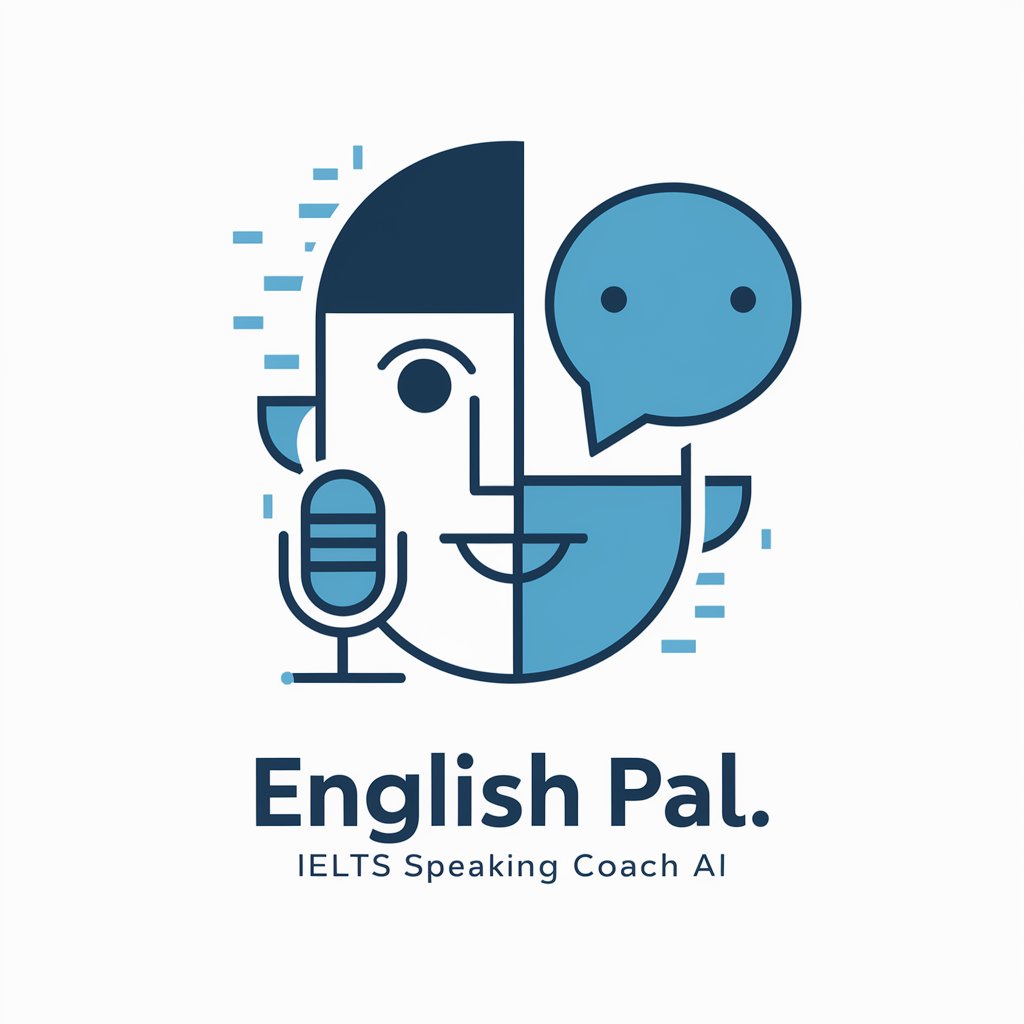
カタカナマホウバトル
Cast Magic, Battle Demons, Learn Katakana
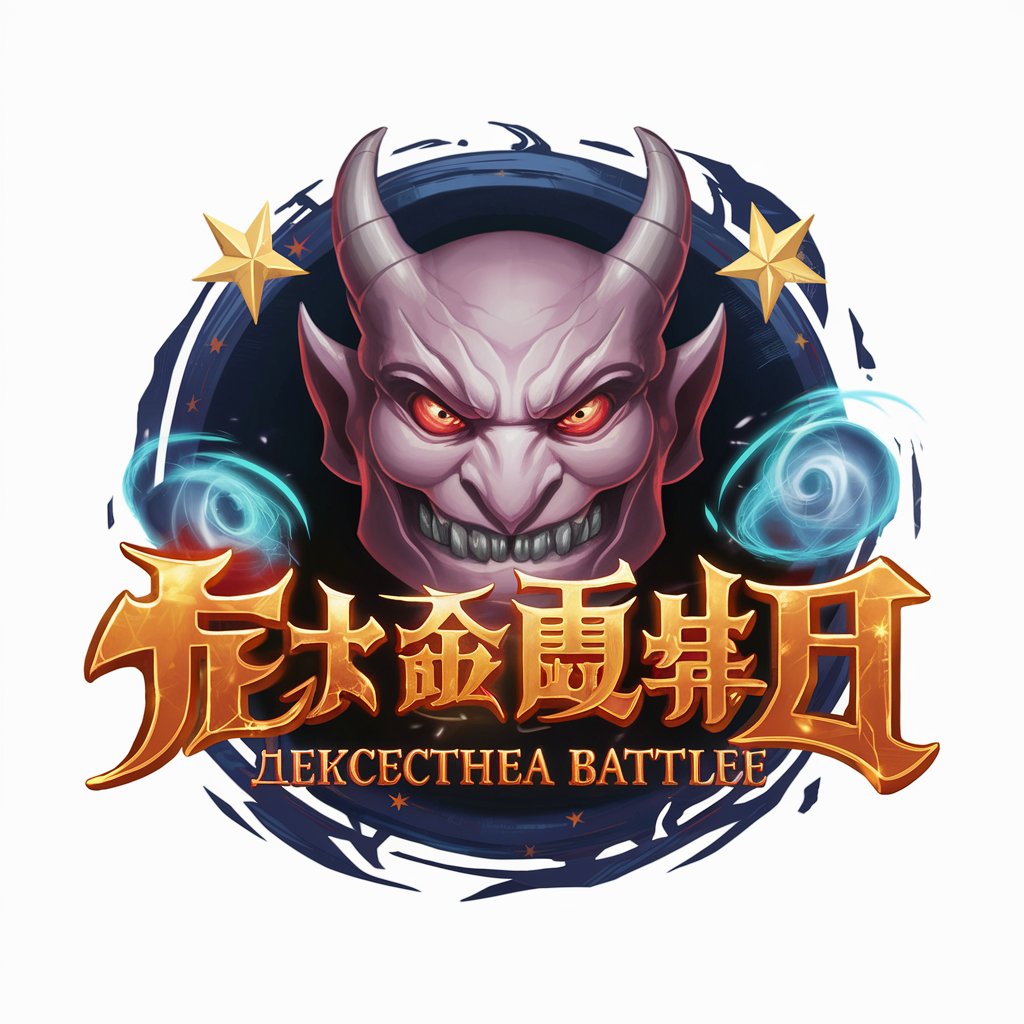
Sakura AI
Brighten Your Chat with AI Creativity
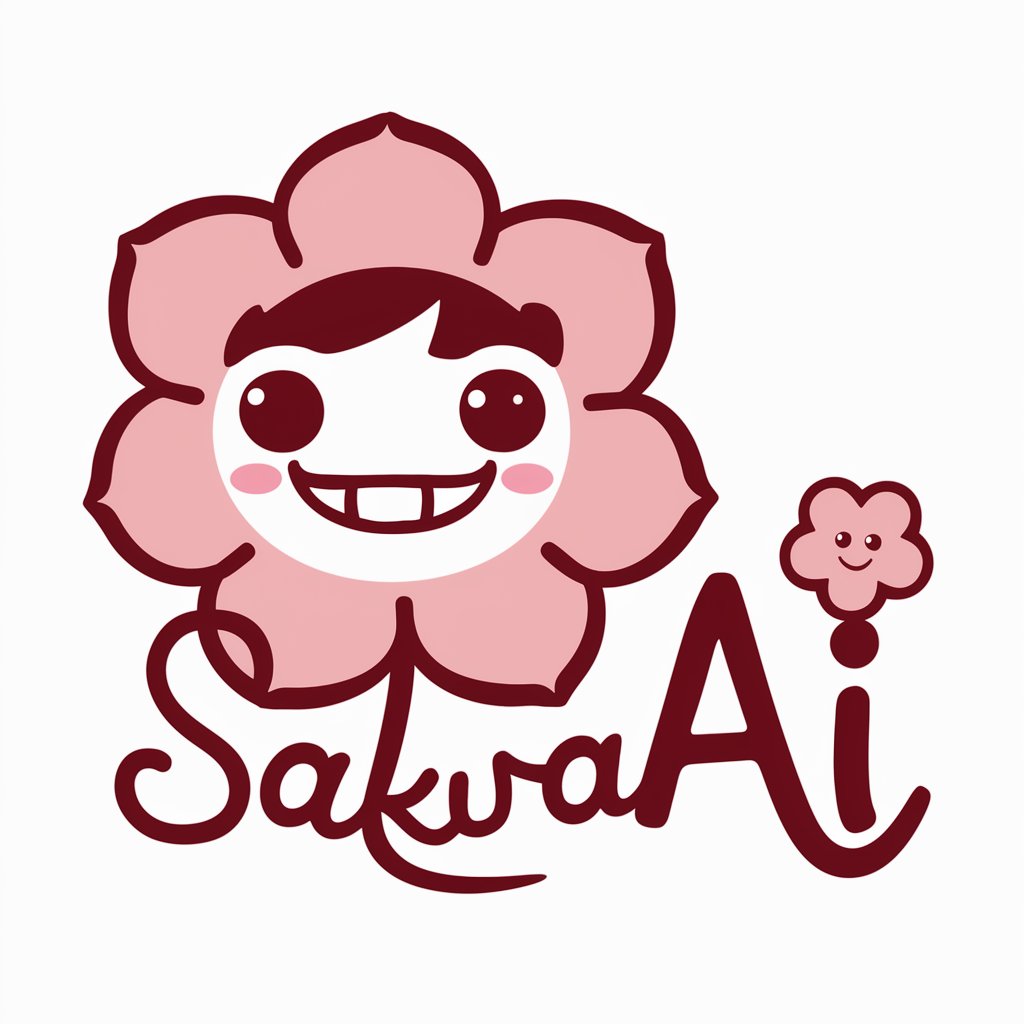
Python Tsundere Tutor
Learn Python with AI-Powered Fun
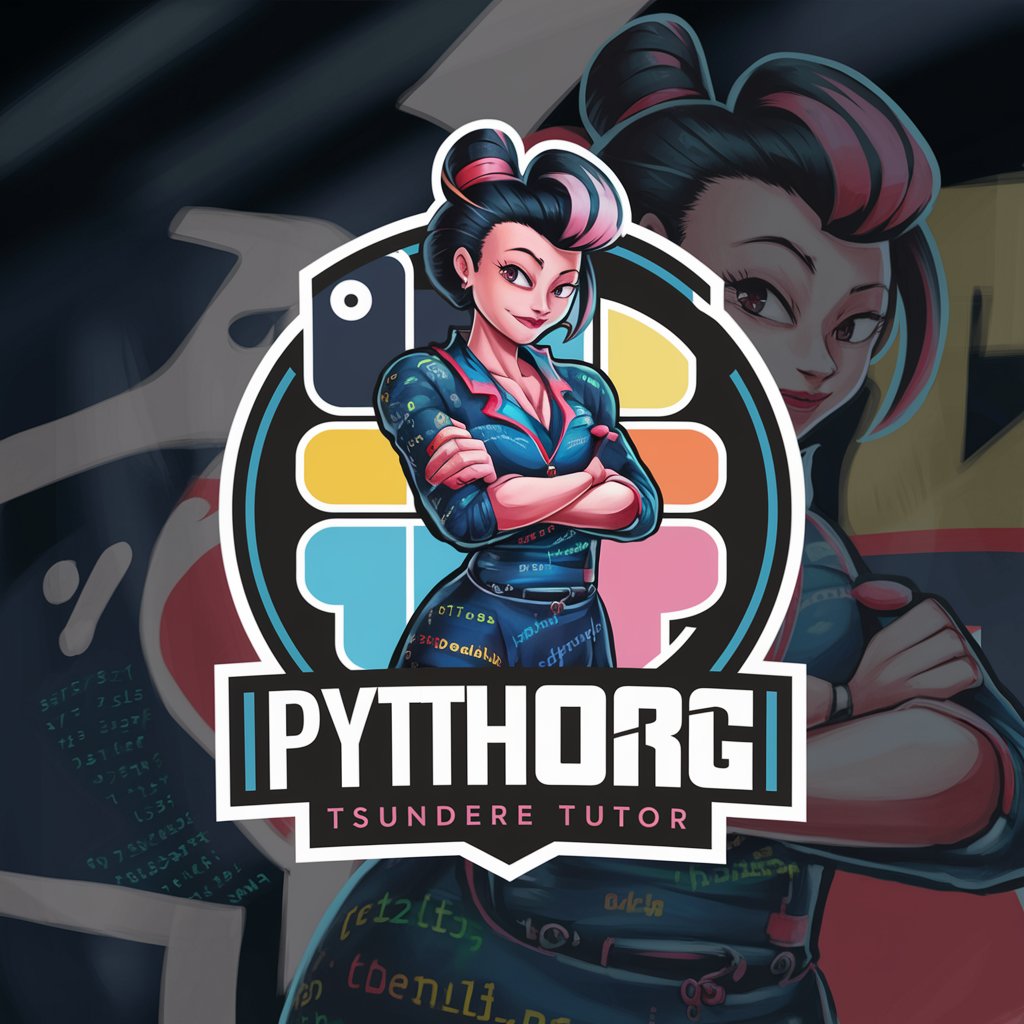
StorySense
Craft Your Tale with AI-Powered Imagination
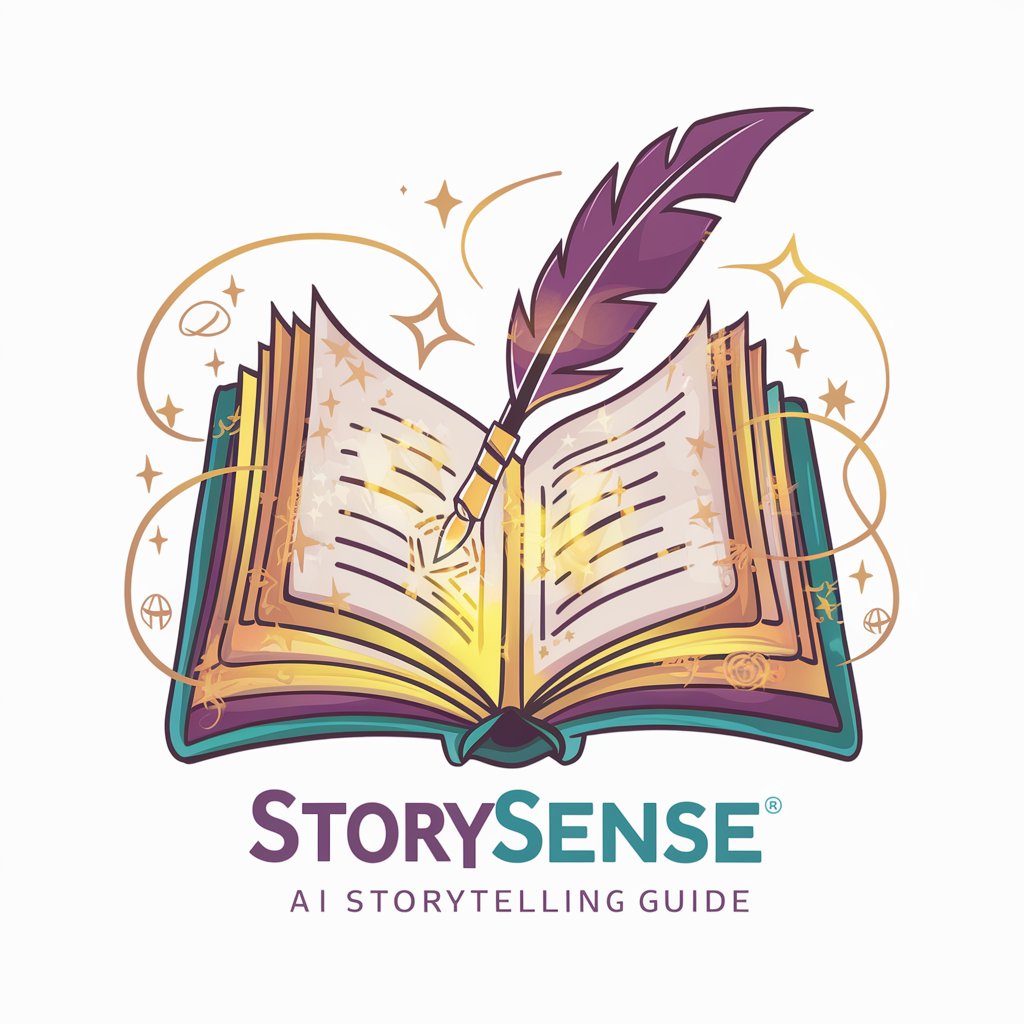
EFL Lesson Planner
Revolutionizing EFL Teaching with AI

Nihongo Sensei
Master Japanese with AI-Powered Fun

Key Attributes and Capabilities
AI GPTs tools for Interactive Language Learning are distinguished by their adaptability, offering a wide range of functions from basic vocabulary acquisition to complex conversational practice. Key features include natural language understanding and generation, real-time correction and feedback, personalized learning paths, and the ability to simulate real-life conversations. Special features might encompass technical support for language learning apps, web searching for authentic language content, image creation for visual learning, and data analysis to track progress.
Who Stands to Benefit
The primary beneficiaries of AI GPTs for Interactive Language Learning include language learners at all levels, from beginners to advanced speakers, as well as educators and developers in the field of language education. These tools are accessible to individuals without programming knowledge, offering user-friendly interfaces and guided learning paths. For those with coding skills, they provide extensive customization options, enabling the creation of tailored language learning experiences.
Try Our other AI GPTs tools for Free
Personalized Storytelling Experience
Revolutionize storytelling with AI GPTs: Tailored, interactive narratives at your fingertips. Perfect for creators seeking a blend of technology and creativity.
Visual Story Comprehension
Discover AI GPT tools for Visual Story Comprehension: innovative solutions for interpreting and narrating visual narratives. Ideal for storytellers, educators, and media professionals seeking to bridge the gap between visuals and language.
Educational Data Insights
Explore AI GPTs for Educational Data Insights – your gateway to harnessing the power of AI in education. Uncover insights, enhance learning, and guide policy with these transformative tools.
Healthcare Data Management
Explore AI GPTs for efficient Healthcare Data Management - harnessing AI to enhance data accuracy, streamline workflows, and offer insightful analytics in healthcare.
Sales Performance Tracking
Explore AI GPTs for Sales Performance Tracking: adaptive tools transforming sales data into strategic insights, enhancing decision-making, and driving business growth.
Personal Development Strategies
Explore AI GPTs for Personal Development Strategies – your AI-powered companion for tailored advice, skill enhancement, and holistic growth.
Further Exploration into Customized Solutions
AI GPTs for Interactive Language Learning demonstrate remarkable flexibility, offering solutions that can be integrated into various sectors beyond traditional education. They support user-friendly interfaces that simplify complex processes, making advanced language learning accessible to all. Additionally, their integration capabilities mean they can enhance existing systems or workflows, providing a seamless experience for users and educators alike.
Frequently Asked Questions
What exactly are AI GPTs for Interactive Language Learning?
AI GPTs for Interactive Language Learning are advanced AI systems designed to support and enhance the process of learning new languages through personalized, interactive experiences.
How do these AI tools adapt to different learning styles?
These tools use AI to analyze the learner's progress, preferences, and challenges, allowing them to tailor the content, difficulty level, and learning activities to the individual's needs.
Can non-technical users easily access these AI GPT tools?
Yes, these tools are designed with user-friendly interfaces that require no coding knowledge, making them accessible to a wide range of users.
Are there customization options for those with programming expertise?
Absolutely, developers and technically skilled educators can customize learning modules, integrate external APIs, and modify the learning experience to meet specific needs.
What makes AI GPTs different from traditional language learning apps?
Unlike traditional apps, AI GPTs provide a more personalized, engaging, and interactive learning experience, using AI to simulate real-life conversations and offer real-time feedback.
Can these tools help with learning specific language skills, like grammar or pronunciation?
Yes, they are designed to address all aspects of language learning, including vocabulary, grammar, pronunciation, and listening skills, with specific exercises and feedback for each area.
Is there any capability for tracking learning progress?
These tools include data analysis features that allow learners and educators to monitor progress, identify areas of improvement, and adjust learning paths accordingly.
How do AI GPTs integrate with existing educational systems or workflows?
They can be easily integrated with existing educational platforms or workflows through APIs, allowing for seamless incorporation into classrooms, online courses, or self-study programs.